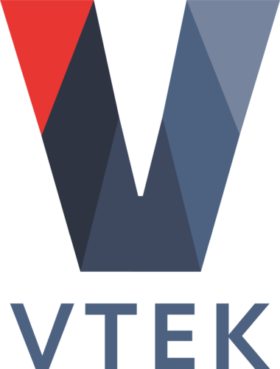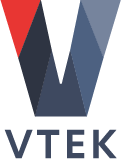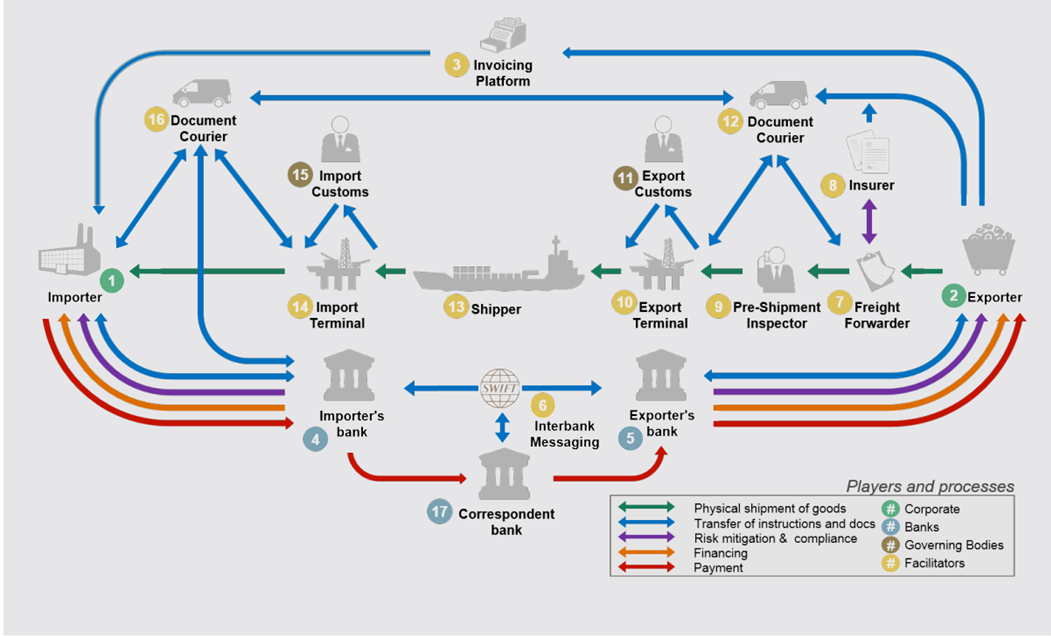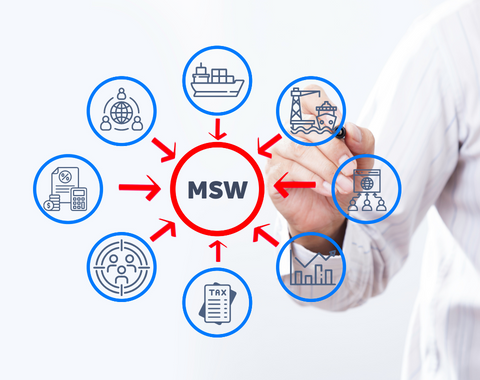Terminal Operating System
- Satisfying discharge and loading requirements and developing vessel bay plans by transferring information to the system via EDI.
- Automation in creating standard offers, customer-specific offers, and invoices.
- Giving ports an opportunity to focus on the core activities of port management by managing every aspect of the firm – subcontractor relationship.
- Optimizing nautical services (pilotage, towage, etc.) by presenting a list of vessel call operations for which pilots and tugboats can be assigned.
- Automating entry and exit operations by the structure of integrated with bar-code and RFID applications.
- Monitoring the actual situation at yards and approves job orders.
- Allowing the port operators and equipment operators (stacking and moving equipment) to record operational phases through hand terminals.
- Keeping data up-to-date by providing to customers both process and operational tracking on a real-time basis.
- Creating early warning system, a decision support system tool based on Artificial Intelligence to prevent any confusion/complexities.
- Creating Digital Twins, a simulation optimization system based on what-if scenarios to find the best on-time or the most cost-effective operation options.
- Increasing safety and air quality in the port area and reducing risk of collisions by offering solutions based on Just in Time (JIT) Arrival principles.
The purpose of JIT Arrival Guide is to provide information and proposals to the port and shipping sectors as well as port and maritime administrations on how to facilitate JIT Arrival of ships with a view to reducing GHG emissions by optimizing the port call business process and providing sustainable solutions to customers in the end-to-end supply chain.










